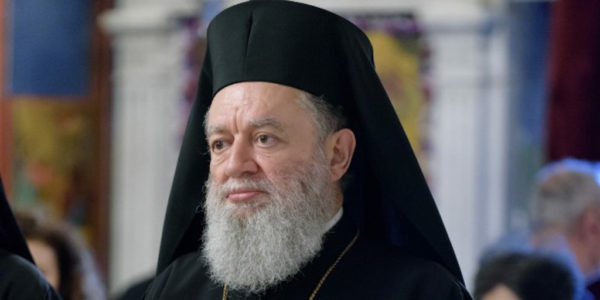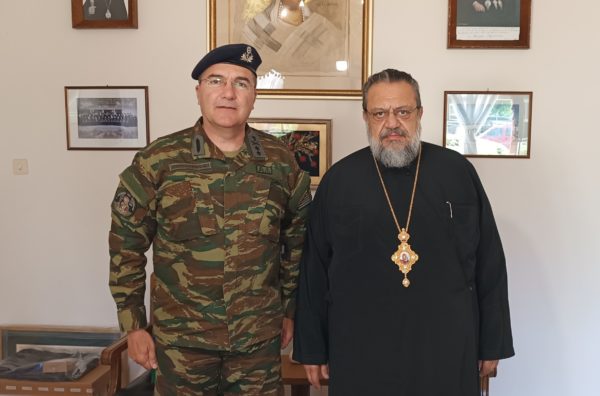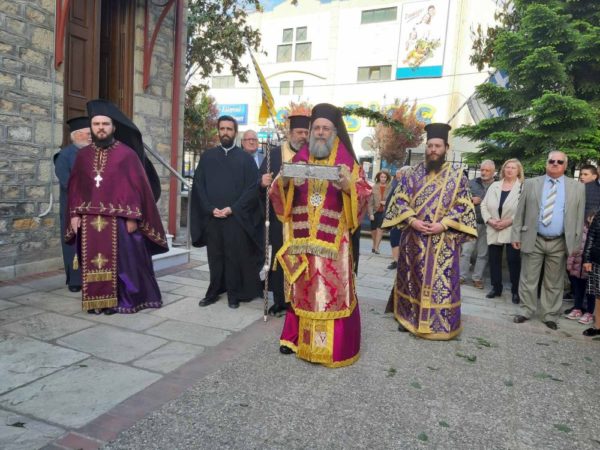Turkish intelligence spied on Greeks pilgrimaging to monastery in Pontus
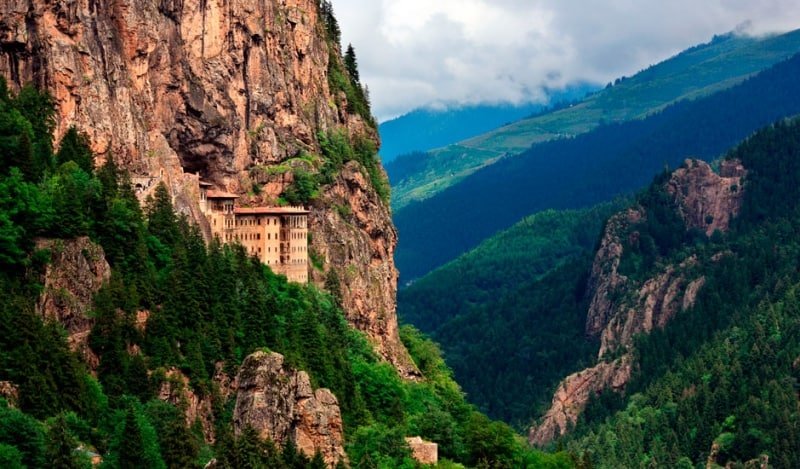
The Turkish government secretly ran surveillance on Greek nationals who visited a historic Christian Orthodox monastery on Turkey’s Black Sea coastline, according to the testimony of a former intelligence officer that was revealed on Nordic Monitor.
46-year-old former police intelligence officer, Muhittin Zenit, who worked in Trapezounta (Τραπεζούντα, Turkish: Trabzon), admitted that during a hearing on June 20, 2016 at the Istanbul 14th High Criminal Court, Turkey spied on Greek nationals who visited the region known as Pontus that was historically Greek for over 2,500 years.
“[Monitoring] Pontus activities are part of our mandate … for example, tour groups from Greece that visit the Sümela Monastery”, Zenit said.
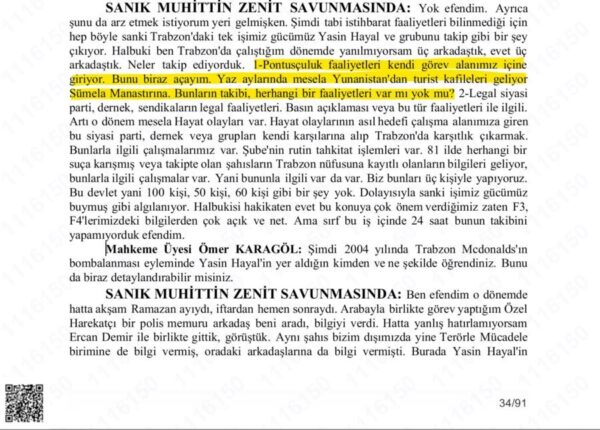
Zenit then also revealed that him and other agents of Turkish intelligence ran surveillance on other Greek tourists.
The Moni Panagias Soumela (Μονή Παναγίας Σουμελά, Turkish: Sümela Manastırı) is a famous monastery built in 386AD during the reign of Byzantine Emperor Theodosius I.
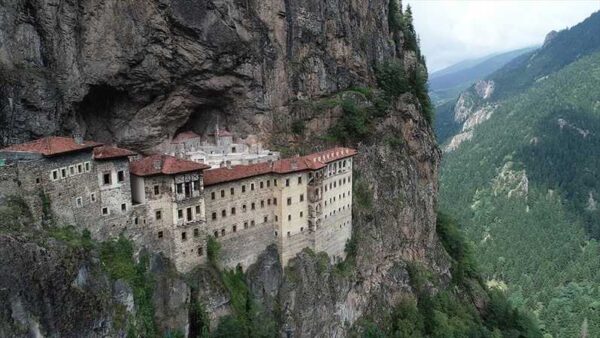
The monastery was abandoned in 1923 following the Greek Genocide in the Pontus region that resulted in the extermination of 353,000 Greeks. The surviving Christian Greeks of Pontus had to depart for Greece during the population exchange and Turkish President Mustafa Kemal Atatürk did not allow them to take any property.
A monk buried the famous icon of the Virgin Mary that was said to have been painted by Saint Luke under the floor of the monastery’s St. Barbara chapel. A monk returned to Soumela Monastery in secretly and recovered the icon and took it to the New Panagia Soumela Monastery in Northern Greece.
The monastery would fall into disrepair as not only looters and vandals destroyed large parts of it, but a fire started at the abandoned monastery in 1930, leading to all the wooden parts of the Sumela Monastery being destroyed.
Today the monastery is a tourist attraction with only a few liturgies taking place. It has become a place of pilgrimage for not only Greeks, but also Russians, who enjoy the tranquility of the location and the aesthetics of the monastery.
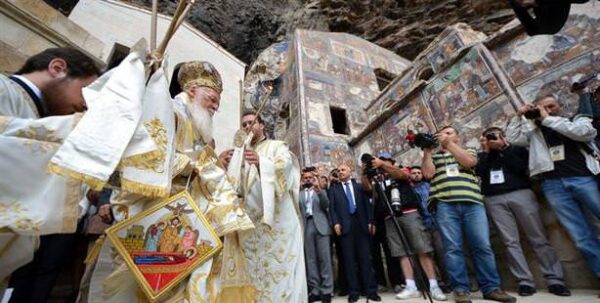
Zenit’s admission confirms that anti-Greek paranoia was systematically and deliberately stoked by the Turkish state, which used security and intelligence agencies in devoting considerable resources to track and spy on visiting Greek tourists, Nordic Monitor reported.
H αναδημοσίευση του παραπάνω άρθρου ή μέρους του επιτρέπεται μόνο αν αναφέρεται ως πηγή το ORTHODOXIANEWSAGENCY.GR με ενεργό σύνδεσμο στην εν λόγω καταχώρηση.
Ακολούθησε το ORTHODOXIANEWSAGENCY.gr στο Google News και μάθε πρώτος όλες τις ειδήσεις.










